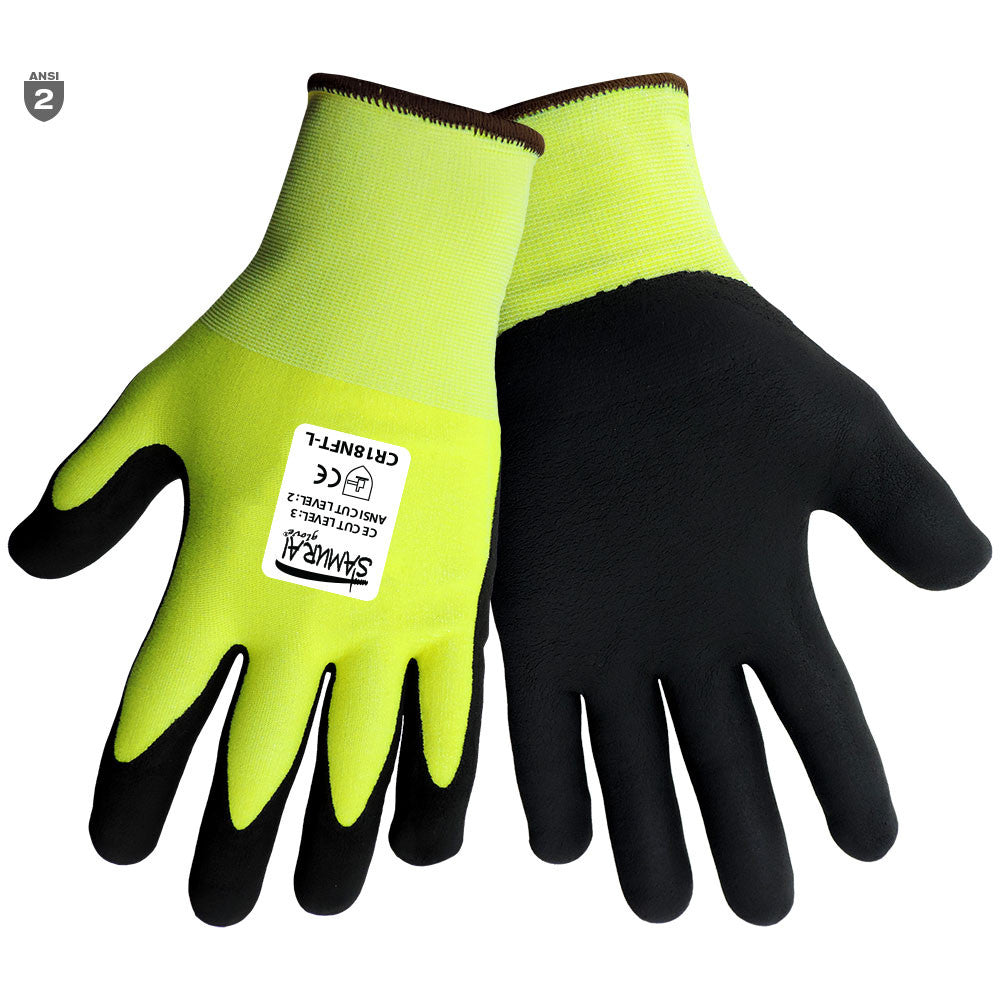These days there are many different options when it comes to palm coated work gloves. Palm coatings add many great benefits and options to your work gloves, including enhanced grip, higher levels of abrasion resistance, and even water resistance. But, how do you know which type of palm coating will work best for you? Keep reading to find out information about the three most popular types of palm coatings.
Nitrile Coated
A nitrile coated work glove is three times more puncture and tear resistant than natural rubber like latex. Nitrile stand ups well to chemicals and oil and can withstand a relatively wide range of temperatures. Another bonus of nitrile coatings is that it has the option to be foamed. This means, that when you’re using the glove and you come in contact with surfaces that are smooth and oily, the nitrile coating acts as a sponge, so that your grip is maintained.
Latex Coated
A latex palm coating typically have higher elasticity than other coating materials as well as one of the best grips of many other palm coatings as well. Latex palm coatings make for very versatile work gloves because they can withstand extreme temperatures, resist common chemicals like alcohols and some ketones, and has great tear resistance. It does not perform well with hydrocarbon and organic solvents like gasoline. However, due to allergy problems, sometimes this options has to be eliminated.
Polyurethane Coated
A polyurethane palm coating has been quite underrated for some time, however it has become very popular recently due to being “grippy without sticky”. PU coatings don’t require any finishing processes or substances to reduce tackiness, its just an inherent quality of polyurethane. Its one of the most versatile for any cut –resistant situation because it has superb puncture and abrasion resistance as well as excellent grip and maintaining tactile sensitivity. PU coatings have an excellent resistance to oils, fats, greases, solvents, and gasoline. But, it doesn’t have good protection against hot water and shouldn’t be used at temperatures above 175 degrees Fahrenheit.




